Deciding to implement a new IT or Artificial Intelligence (AI) system in your automotive company is a big step. It’s an investment that requires not only budget but also time and resources. So how can you be sure that this technological transformation will truly pay off? The answer lies in a solid return on investment (ROI) analysis.
We know that the idea of calculating, estimating, and analyzing ROI might sound complex. That’s why we’ve prepared this practical guide. Step by step, we’ll walk you through the process, show you what to focus on, and help you avoid costly mistakes. Our goal is to ensure that your investment delivers measurable business benefits.
What Is ROI and why does it matter in the automotive industry?
Return on Investment (ROI) is a metric that measures the profitability of a project. Expressed as a percentage, it tells you how much profit (or loss) each invested dollar has generated.
In the automotive sector – where cost optimization and innovation are critical – accurately calculating ROI for IT and AI implementations is essential.
It’s more than just a number for the management board. Think of it as your roadmap, confirming that your decisions are sound and allowing you to track whether your business is heading in the right direction. Imagine the dashboard of a modern car – ROI is one of the key indicators that shows the “health” of your investment. Without it, you’re driving blind.
Step-by-step: How to calculate ROI from an IT or AI implementation
Calculating ROI follows a logical, straightforward process. You don’t need to be a financial expert to understand it – just approach it methodically. Here are the five key steps:
1. Define your goals
What exactly do you want to achieve? Increase production line efficiency by 20%? Cut quality-related defects in half? Reduce customer service response time by 30%? A specific, measurable goal is your starting point.
2. Identify all costs
Make a list of all expenses. Include not only initial costs (software purchase, hardware, implementation, integration) but also operational costs (maintenance, licenses, technical support) and indirect ones (employee training, time spent on adaptation).
3. Estimate the benefits
Now comes the rewarding part – calculating the gains. Divide them into two categories:
- Tangible benefits. These are easy to quantify. For example, cost savings from automation, higher revenue due to improved product quality, or reduced expenses from fewer complaints.
- Intangible benefits. Harder to measure but equally important. For instance, improved customer satisfaction, stronger brand reputation, or higher employee engagement. Try to assign them an approximate financial value – for example, by estimating how increased satisfaction impacts customer retention.
4. Use the ROI formula
ROI=(Predicted financial benefits−Total investment cost)Total investment cost×100%ROI = \frac{(Predicted\ financial\ benefits - Total\ investment\ cost)}{Total\ investment\ cost} \times 100\%ROI=Total investment cost(Predicted financial benefits−Total investment cost)×100%
5. Monitor and adjust
ROI calculation isn’t a one-time task. Continuously track key performance indicators (KPIs) to see whether your forecasts are accurate. This ongoing monitoring allows you to react quickly and optimize the system’s performance.
How Artificial Intelligence (AI) drives ROI in the automotive sector
Artificial Intelligence is no longer a futuristic concept – it’s a powerful tool that is already transforming the automotive industry and significantly boosting ROI.
AI acts as an engine for modern automotive businesses, driving profitability in several key ways:
- Automation and optimization. Intelligent algorithms handle repetitive tasks on production lines, in logistics, and in customer service, reducing labor costs and minimizing human error.
- Quality control. AI-powered vision systems can detect even the smallest defects invisible to the human eye. The result? Fewer complaints, better quality, and a stronger brand reputation.
- Product innovation. AI is at the core of advanced driver assistance systems (ADAS), improving safety and vehicle appeal—factors that directly impact sales growth.
According to a report by L’Osservatorio Auto e Mobilità, by 2030 AI will become a central component of the industry, with smart vehicles becoming the norm. Companies that invest in these technologies today gain a significant competitive advantage for the future.
Practical example: Calculating ROI for AGV robot implementation
Let’s see what this looks like in practice. Imagine a car parts factory that decides to implement autonomous guided vehicles (AGVs) in its warehouse.
- Challenge: High internal transport labor costs and low process efficiency.
- Solution: Purchase and implementation of an AGV robot fleet.
- Total investment cost: PLN 1,000,000 (robots, software, integration).
- Expected annual benefits: PLN 500,000 (labor cost savings, reduced downtime, faster transport).
ROI after the first year:
ROI=(500,000−1,000,000)1,000,000×100%=−50%ROI = \frac{(500,000 - 1,000,000)}{1,000,000} \times 100\% = -50\%ROI=1,000,000(500,000−1,000,000)×100%=−50%
A negative ROI in the first year? That’s completely normal for large-scale investments. It simply means the investment hasn’t paid off yet. In this case, the Payback Period is exactly two years – after that, the project starts generating pure profit.
Common pitfalls when measuring ROI – What to watch out for
Excitement about new technology can sometimes cloud judgment. Avoid these frequent mistakes to ensure your analysis is accurate and trustworthy:
- Underestimating costs. Don’t forget hidden expenses, such as integration, staff training, technical support, or downtime during the adaptation period.
- Overly optimistic projections. Stay realistic. Base your benefit estimates on reliable data and analysis – not wishful thinking. It’s better to be pleasantly surprised than disappointed.
- Ignoring human factors. Implementation affects people, too. Account for the time and resources needed to manage change and maintain employee engagement.
- Lack of monitoring. Calculating ROI at the start is only half the job. Continuous tracking of performance indicators after implementation shows whether the project meets its objectives – and where adjustments may be needed.
Measure, analyze, and invest wisely
Calculating ROI from implementing an IT or AI system isn’t rocket science – it’s a structured process that gives you confidence and control over your business decisions.
Always look at the investment holistically – considering all costs, tangible and intangible benefits, and potential risks. A precise analysis is the best guarantee that your company’s digital modernization will become not an expense, but a strategic and highly profitable investment in the future of automotive technology.





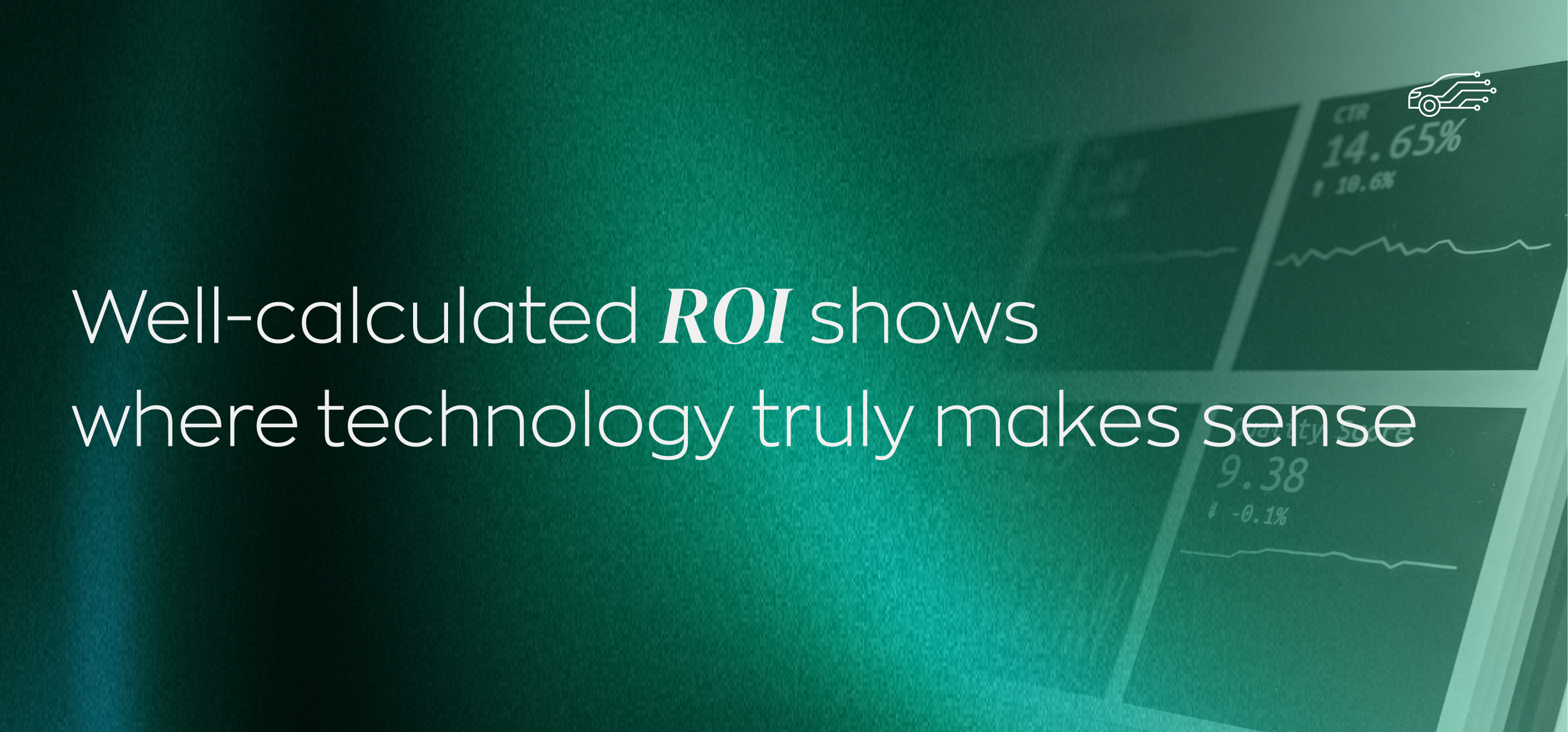

.png)


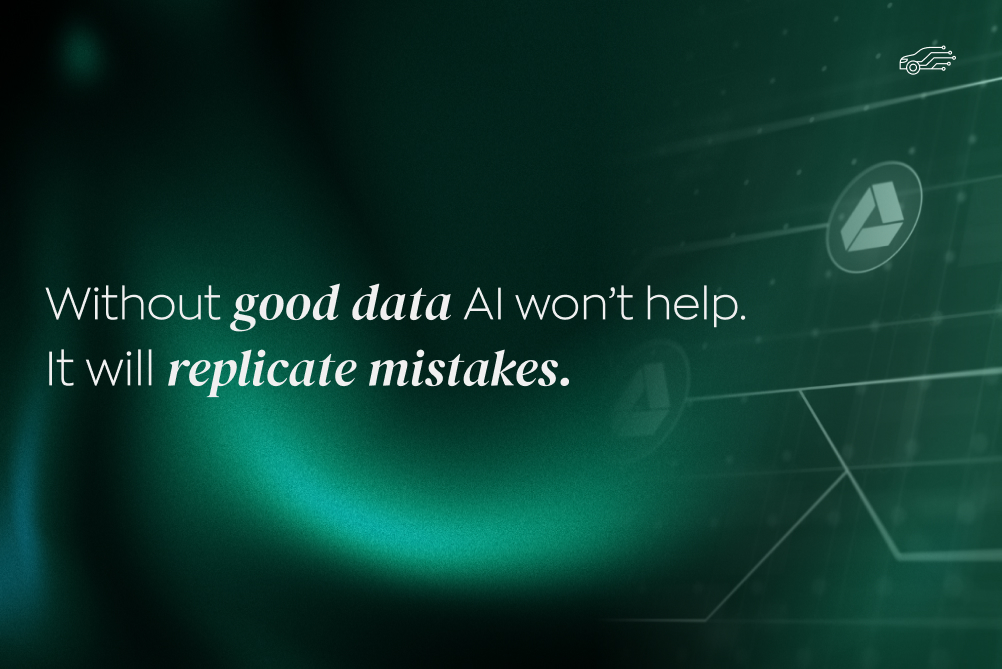

.jpg)
.jpg)
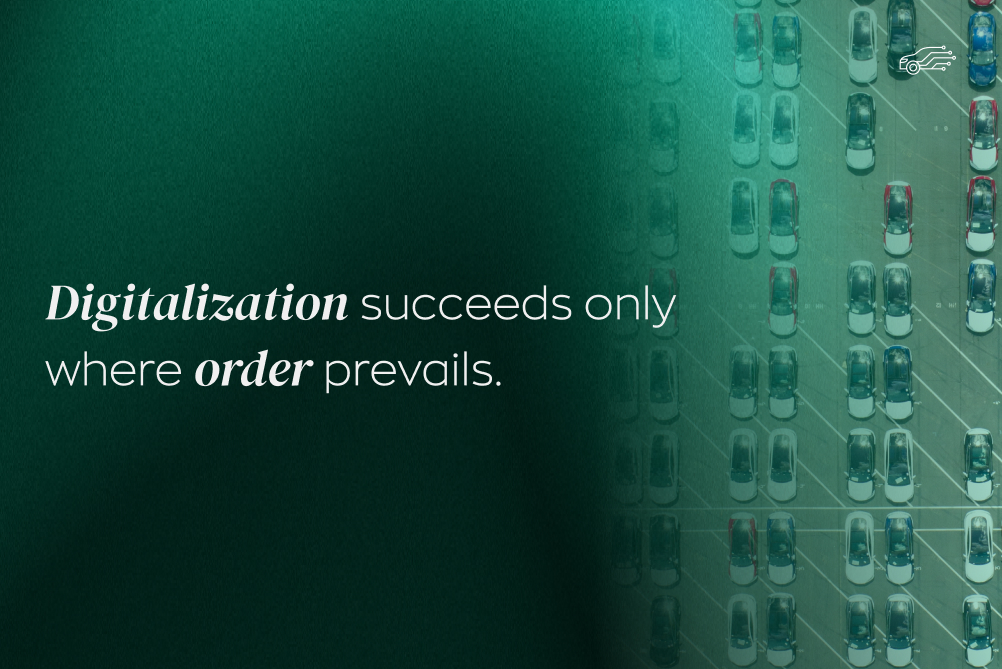
.jpg)
.jpg)
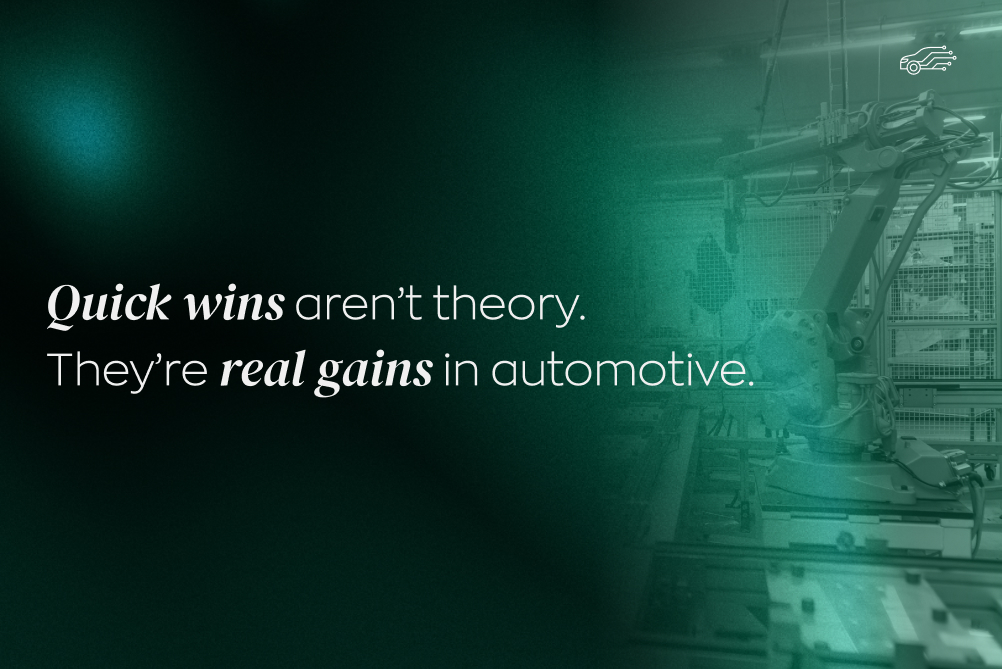
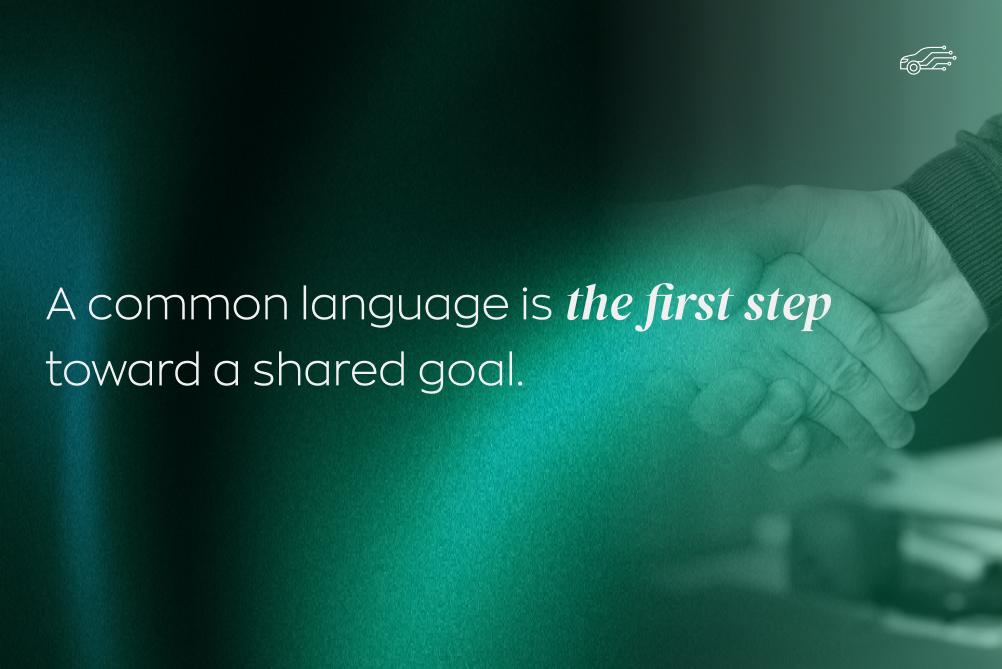
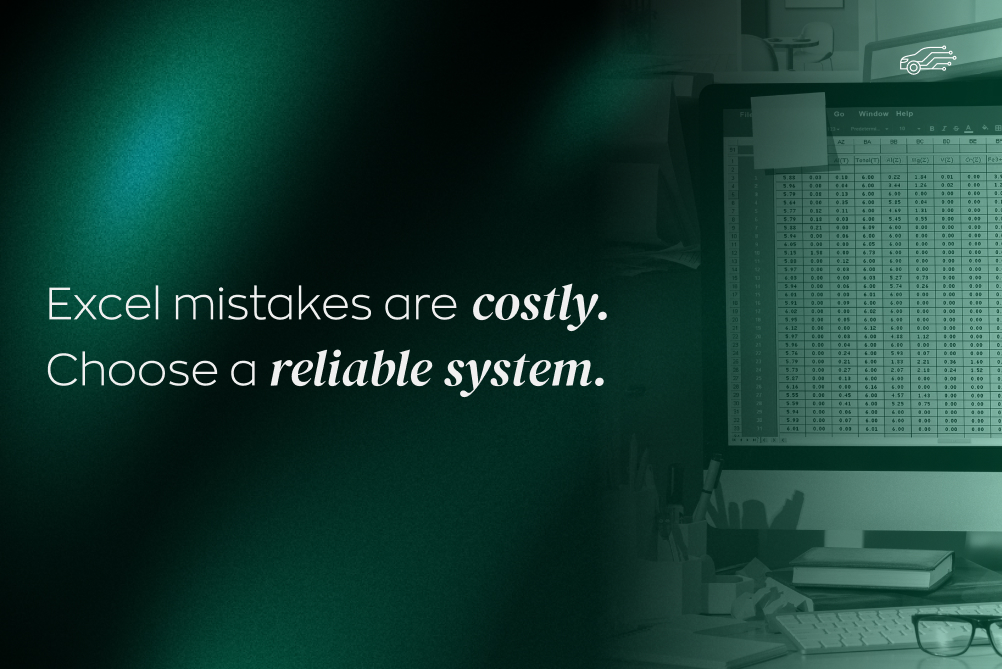
.jpg)
.jpg)
.jpg)
.jpg)
.jpg)
.jpg)

.jpg)
.jpg)
.jpg)
.jpg)
.jpg)
.jpg)
.jpg)
.jpg)
.jpg)
.jpg)






.jpg)
.jpg)
.jpg)

.jpg)

.jpg)


.jpg)
.jpg)
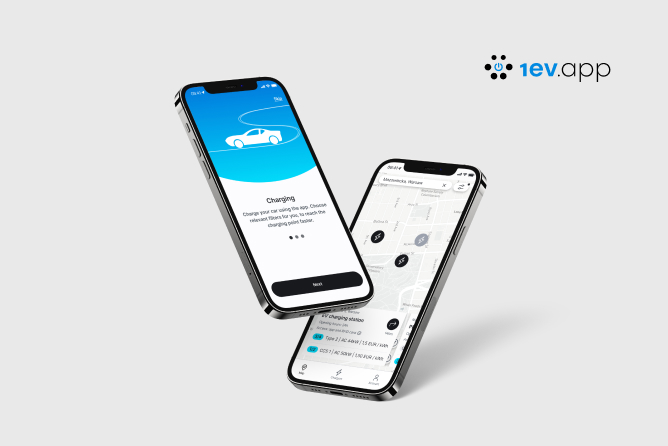
.jpg)
.jpg)

.jpg)

.jpg)
.jpg)
.jpg)

.jpg)
.webp)

.webp)


.jpg)









.webp)


.webp)























